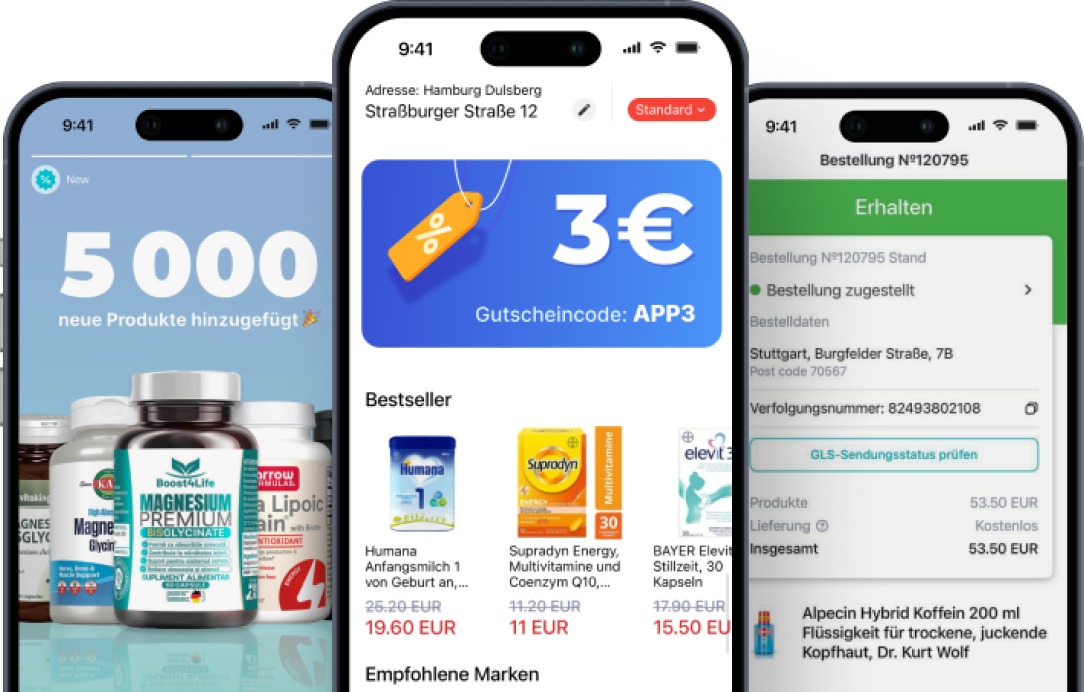

Descrizione
Protezione affidabile contro gli infortuni
Superficie più ampia per proteggere tagli e abrasioni : offre una toppa in tessuto flessibile con dimensioni di 1 x 60 mm. La confezione ti fornirà abbastanza cerotti per varie esigenze, che si tratti di ferite o di protezione a lungo termine. Il materiale del cerotto consente alla pelle di respirare , il che è importante per una corretta guarigione.
Protezione estesa per diverse esigenze
La confezione di cerotti tessili Healee contiene cerotti in lunghezze di 1 metro , quindi hai abbastanza cerotti per le diverse esigenze. Che si tratti di ferite più grandi, tagli o abrasioni, questo cerotto fornisce una protezione ampia e flessibile .
Il materiale perfetto per supportare la guarigione
Una delle caratteristiche principali del cerotto Healee è il materiale che permette alla pelle di respirare . La traspirabilità è importante per una guarigione ottimale della ferita poiché consente all'aria di circolare e riduce il rischio di umidità che potrebbe rallentare il processo di guarigione. Questa proprietà è particolarmente importante per l'uso a lungo termine delle patch.
Flessibilità per un abbigliamento comodo
Il materiale tessile del cerotto Healee è flessibile e adattabile , il che garantisce una vestibilità comoda su diverse parti del corpo. Se hai bisogno di protezione su un'articolazione, gomito o arto, questa toppa si adatta facilmente alla forma del tuo corpo.
Protezione a lungo termine per le esigenze quotidiane
Grazie al maggior numero di cerotti nella confezione, il cerotto in tessuto Healee offre la possibilità di protezione a lungo termine . Ciò è particolarmente vantaggioso per chi necessita di cure regolari per tagli o abrasioni e desidera avere sempre a disposizione un prodotto affidabile e confortevole.
Come vengono utilizzate le patch?
L'applicazione del cerotto è solitamente un processo semplice, ma è importante seguire la procedura corretta per una protezione efficace e una guarigione rapida . Segui questi passaggi:
Preparazione:
- Assicurati che la ferita o l'abrasione sia pulita e asciutta
- In caso contrario, lavare la zona interessata con acqua e sapone e asciugarla delicatamente
Utilizzando la toppa:
- Aprire la confezione e rimuovere con attenzione il cerotto
- Rimuovere la carta o la pellicola protettiva dal retro del cerotto per esporre il lato adesivo
- Applicare con attenzione il cerotto sulla ferita o sull'abrasione, assicurandosi che l'intera area interessata sia coperta
Fissaggio:
- Premere delicatamente il cerotto in modo che aderisca bene alla pelle
- Assicurati che i bordi del cerotto siano ben nastrati per impedire l'ingresso di batteri o sporco
Modifica della patch:
- Il cerotto deve essere cambiato regolarmente secondo le istruzioni sulla confezione o secondo necessità
- Durante la sostituzione, rimuovere il vecchio cerotto e ripetere la procedura con un cerotto pulito
Avviso:
- Quando rimuovi il cerotto, fai attenzione e fallo lentamente per evitare di danneggiare la pelle
Consultazione con un esperto:
- Se hai dubbi sulla ferita, sulla sua guarigione o se si verificano complicazioni, parla con il tuo medico o operatore sanitario.
Cosa posso fare per far durare il cerotto sulla pelle?
Affinché il cerotto rimanga in sede il più a lungo possibile e fornisca una protezione ottimale, è importante prestare attenzione durante l'applicazione. Ecco alcuni suggerimenti:
- Preparare la superficie della pelle Prima di applicare il cerotto, assicurarsi che la superficie della pelle sia asciutta e pulita. Lavare la ferita o l'abrasione con acqua e sapone neutro, quindi asciugarla accuratamente.
- Non lubrificare. Evitare l'uso di creme grasse o oleose sulla zona in cui applicherai il cerotto. Le sostanze oleose possono compromettere l'adesione del cerotto.
- Struttura superficiale intatta Assicurarsi che la pelle nel sito di applicazione non sia influenzata da eccessivo attrito o movimento degli indumenti che potrebbero rimuovere il cerotto.
- Attenzione ai capelli Se applichi il cerotto su una zona con peli, assicurati che la zona sia liscia e che i peli non interferiscano con l'adesione del cerotto.
- Usare con cautela Evitare una tensione eccessiva durante l'applicazione del cerotto. Applicarlo con cura e in modo uniforme, assicurandosi che tutta la superficie del cerotto aderisca alla pelle.
- Dopo l'applicazione, premere Dopo aver applicato il cerotto, far scorrere delicatamente le dita lungo il bordo del cerotto per assicurarsi che aderisca saldamente alla pelle.
- Pressione eccessiva Assicurarsi che il cerotto sia bloccato senza pieghe o bolle d'aria. Evitare di esercitare una pressione eccessiva sul cerotto.
- Usa una toppa di qualità Le toppe di qualità hanno una presa migliore e sono progettate per rimanere in posizione anche in condizioni difficili.
Se il cerotto continua a staccarsi, è consigliabile sostituirlo in tempo con uno nuovo. Seguendo questi suggerimenti garantirai che il cerotto fornisca una protezione ottimale e rimanga in sede il più a lungo possibile.
Come rimuovere il cerotto senza dolore?
La rimozione indolore del cerotto è importante per evitare lesioni o irritazioni alla pelle. I seguenti passaggi possono aiutare:
1) Preparazione: lavarsi le mani per evitare il trasferimento di batteri nella ferita o l'abrasione. Preparare una nuova patch da utilizzare dopo aver rimosso quella vecchia.
2) Rimuovere delicatamente il cerotto: iniziare lentamente e con attenzione dall'estremità del cerotto, staccando delicatamente la pelle dal lato adesivo. Se il cerotto aderisce troppo, cerchi di rimuoverlo vicino alla pelle, quasi parallelamente ad essa.
3) Usa acqua o olio: se hai difficoltà a rimuovere il cerotto, puoi inumidire i bordi con acqua o olio per il corpo. Man mano che rimuovi gradualmente il cerotto, dovrebbe allentarsi lentamente.
4) Applicare un impacco caldo: applicare un impacco caldo sul cerotto per alcuni minuti. Un impacco caldo aiuterà ad ammorbidire la colla e a facilitarne la rimozione.
5) Non strappare il cerotto: evitare di rimuovere il cerotto rapidamente o improvvisamente, poiché ciò potrebbe causare irritazione o dolore alla pelle.
6) Utilizzare un dispositivo per la rimozione dei cerotti: puoi anche provare dei prodotti speciali per la rimozione dei cerotti progettati per sciogliere l'adesivo e facilitarne la rimozione.
Come rimuovere l'adesivo dopo il cerotto?
1) Usa olio: inumidisci l'area incollata con olio come olio d'oliva o altro olio vegetale. Lasciare agire l'olio per almeno alcuni minuti per allentare l'adesivo.
2) Rimuovere l'adesivo con un panno o un tovagliolo di carta: dopo aver lasciato agire l'olio per alcuni minuti, pulire la zona con un panno o un tovagliolo di carta. La colla dovrebbe essere più morbida e più facile da rimuovere.
3) Usa acqua e sapone: se l'olio non ha aiutato, lava la zona interessata con acqua tiepida e sapone. Il sapone dovrebbe aiutare a sciogliere i residui di colla.
4) Prova l'alcol o l'acetone: se olio e sapone non bastano, prova l'alcol o l'acetone. Usateli con attenzione per non danneggiare la pelle.
5) Non utilizzare oggetti appuntiti: non utilizzare oggetti appuntiti come coltelli o pinzette per rimuovere la colla per evitare lesioni alla pelle.
6) Sciacquare e asciugare: Infine, sciacquare la zona interessata con acqua e asciugare delicatamente.
Assicuratevi sempre di utilizzare metodi adatti al vostro particolare tipo di pelle e che non vi siano irritazioni o reazioni allergiche . In caso di dubbi, consultare il medico o il farmacista.
Prova anche gli altri prodotti Healee, che non sono suddivisi nelle categorie Kit e bende di pronto soccorso, Forniture mediche e Cerotti. Se non sei sicuro della scelta di questo prodotto, lasciati ispirare nella categoria Cerotti Indivisi.
Caratteristiche
| Codice prodotto | 385757 |
| Marchio | Healee |
| Consegna da | Slovacchia |
Recensioni
Tutte le recensioni

Non ci sono recensioni per questo prodotto

























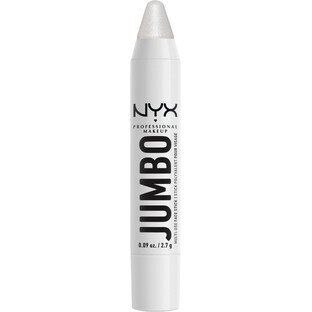








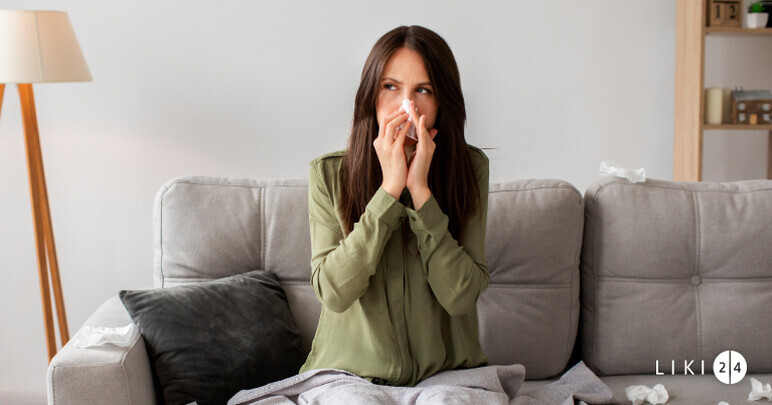


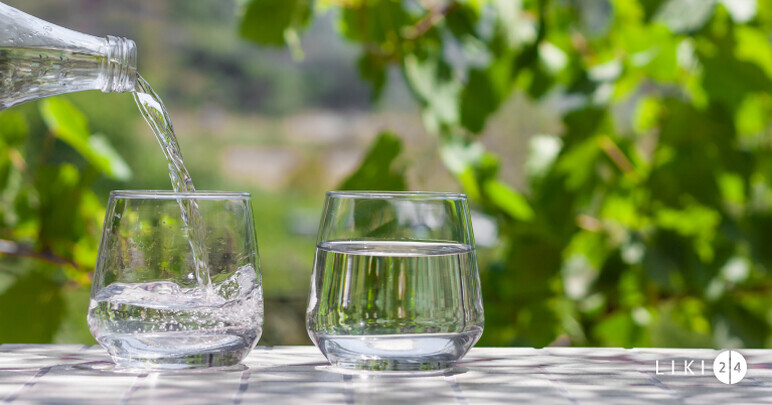
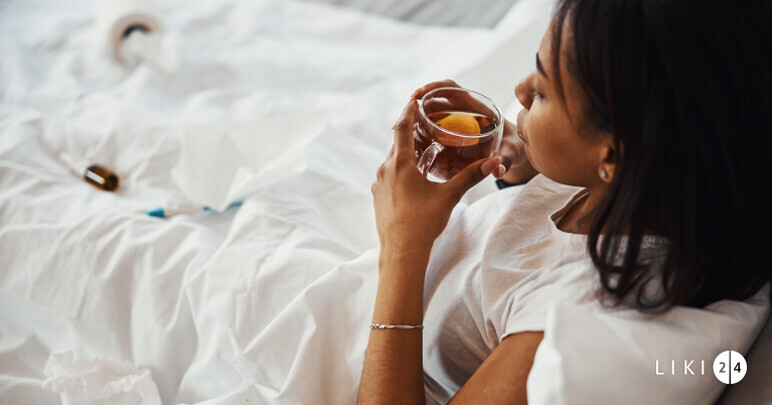

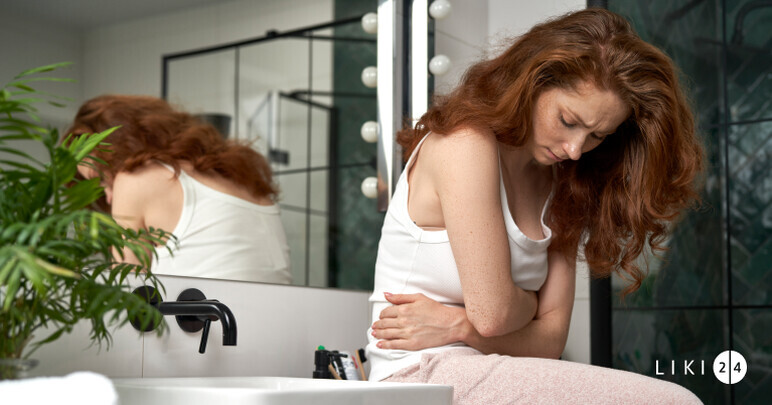

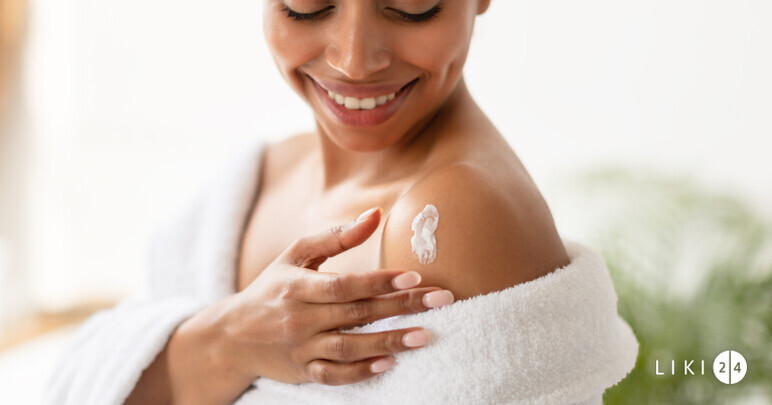






















 Descrizione
Descrizione 



